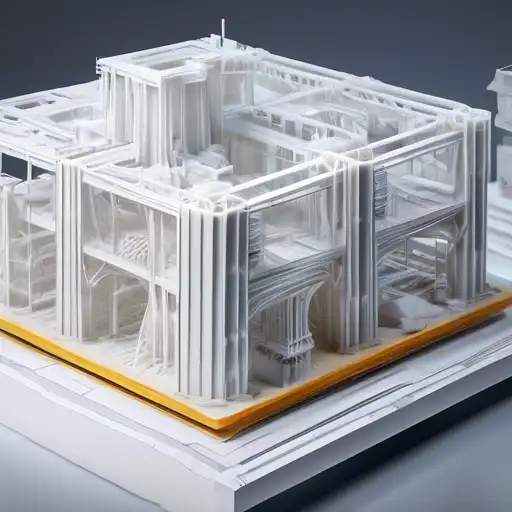Introduction to 3D Printing in Construction
The construction industry is on the brink of a revolution, thanks to the advent of 3D printing technology. This innovative approach to building structures promises to reduce costs, save time, and minimize environmental impact. In this article, we delve into how 3D printing is shaping the future of construction.
The Benefits of 3D Printing in Construction
3D printing, or additive manufacturing, offers numerous advantages over traditional construction methods. Here are some key benefits:
- Cost Efficiency: By minimizing waste and reducing the need for manual labor, 3D printing can significantly lower construction costs.
- Speed: Structures can be built in a fraction of the time it takes with conventional methods, accelerating project timelines.
- Sustainability: 3D printing uses materials more efficiently and can incorporate recycled materials, contributing to greener construction practices.
- Design Flexibility: This technology allows for complex designs that would be difficult or impossible to achieve with traditional construction techniques.
Current Applications of 3D Printing in Construction
Around the globe, 3D printing is being used to create everything from small residential homes to large commercial buildings. Some notable examples include:
- The first 3D-printed house in the Netherlands, which was fully habitable and met all building codes.
- A 3D-printed office building in Dubai, showcasing the potential for rapid construction in urban areas.
- Innovative bridges and pedestrian walkways, demonstrating the durability and versatility of 3D-printed structures.
Challenges and Future Prospects
Despite its potential, 3D printing in construction faces several challenges, including regulatory hurdles, material limitations, and the need for skilled operators. However, as technology advances and these obstacles are overcome, the possibilities are endless. Future developments may include the use of lunar or Martian soil for 3D printing in space colonization efforts.
Conclusion
3D printing in construction is not just a futuristic concept—it's a reality that's already transforming the industry. With its ability to reduce costs, save time, and promote sustainability, 3D printing is poised to play a pivotal role in building tomorrow's infrastructure. As we continue to explore and refine this technology, the sky's the limit for what can be achieved.
For more insights into innovative construction technologies, check out our articles on sustainable building materials and the future of urban development.
